Taking Measure
Just a Standard Blog
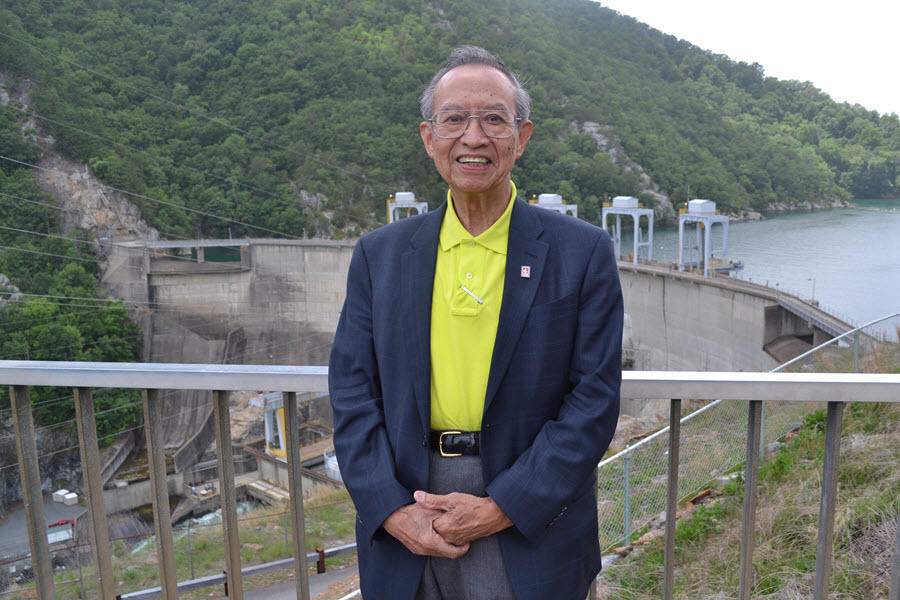
Jeffrey Fong at Smith Mountain Dam, near Roanoke, Virginia. He was the chief designer of the dam in the early 1960s.
In the spring of 2016, I received a surprise phone call from the media manager of a utility company in Virginia. He told me that he found out that I had been the lead designer of the Smith Mountain Dam near Roanoke, Virginia, and that the large community of people who have come to live around the resulting Smith Mountain Lake was celebrating the 50th anniversary of the lake’s reaching “full pond” in 1966. Smith Mountain Lake, which was created by the dam, is the largest lake contained entirely within the state of Virginia, and about 22,000 year-round residents now live along its shore.
The media manager of the utility company, American Electric Power, wanted to invite me and my wife as honored guests at a special July 9, 2016, celebration organized by the local community.
I was, of course, delighted, and accepted the invitation. It turned out that the celebration had been four years in the planning, and a couple of hundred members of the community came out to a big hall to meet me, hear my talk and see my slides of the construction of the dam. Later that day they heard remarks from me and a panel of the original dam construction crew, some of whom I vaguely remembered. I was interviewed by the local newspapers and TV station and made the 6 o’clock news broadcast and the cover of a specially published celebration magazine that you can see at the very end of this blog post. During a comprehensive tour of the dam and the hydroelectric powerhouse facilities, I was shown construction drawings and calculations that I created and signed more than 50 years earlier. It was awesome and really made my day.
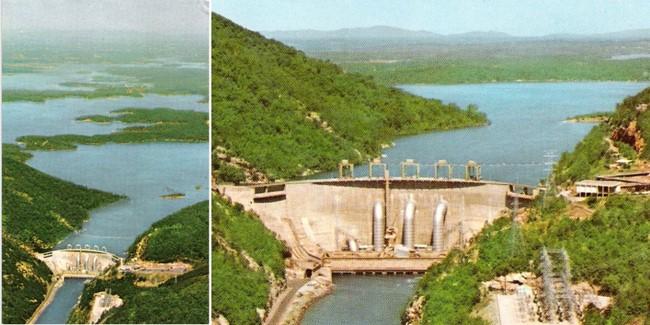
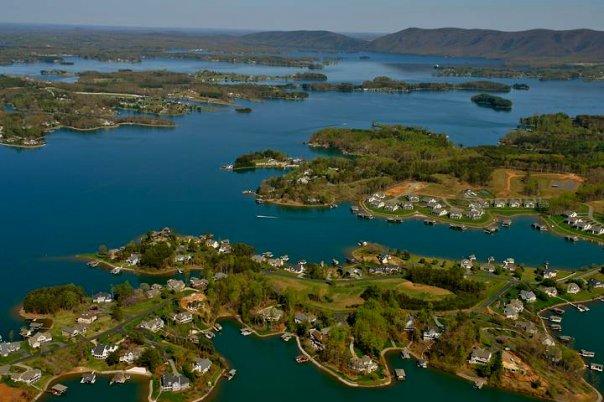
At the panel session I was asked many questions about the design and construction of the dam. Out of curiosity, a woman asked me how old I was when designing that dam. After I said I was 26, she said she was impressed, and she remarked that her 25-year-old son was still finding his way in life. An older gentleman asked me why I changed my career from dam designer to researcher at NIST. I told him there were two answers, the short one being the fact that there were not that many more dams to be built. That seemed to satisfy him. While I didn’t share with him the long answer that day, I am sharing the long answer with you now.
Eight years of engineering practice in New York City
As a child in China, I wanted to grow up and be an engineer. I was inspired by a legendary king in Chinese history by the name of Yu the Great. Believed to have lived more than 4,000 years ago, this great king reportedly tamed the flood-prone Yellow River by building canals from the major branches of the river out to the sea. Legend says that in the 13 years it took him to complete the work, he never went back to his home village to visit and rest, even though he passed by his house three times.
When I graduated from the University of Hong Kong in 1955 with a bachelor’s degree in civil engineering, I applied for my first job at Ebasco, an engineering firm far from home in New York City. I was thrilled to be hired as a junior design engineer in the company’s Concrete-Hydraulics Engineering Division.
During my eight years at Ebasco, I worked on more than 20 projects that involved designing dams. The engineering work was exciting and challenging. I went to night school to learn how to write code using paper tapes with punched holes for first-generation computers such as the IBM 650 and Bendix G-20. I studied part time at Columbia University to earn a master’s degree in engineering mechanics. I also sat for a three-day professional engineers licensing examination and earned the title of licensed professional engineer (PE) of the state of New York.
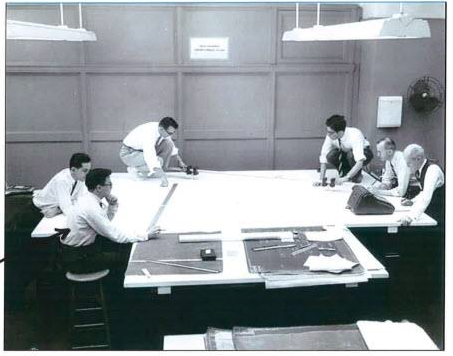
So, why did I decide to quit designing dams and apply for a graduate fellowship in applied mathematics and mechanics at Stanford University in 1963?
The primary reason for my change of direction was a technical exchange I had with my supervisor, the lead engineer of the Smith Mountain Pumped Storage Project in Virginia. In 1959, when I was assigned to design the concrete arch dam to hold back the Roanoke River at the Smith Mountain Gap, I asked him for guidance on a design criterion for fatigue, namely the dam’s minimum life to failure (that is, how long it will last before it fails). I was astonished to hear him saying that the answer was 50 years. When I pressed him for a rationale, he at first hesitated and then added that he got it from the power company engineer, who had mentioned that the bank mortgage required a guarantee of a minimum life of 50 years. To me, that was not an acceptable answer, because a dam failure could cause loss of lives and property damages exceeding the initial cost of the construction of the dam.
The exchange led me to a part-time study into the fatigue of engineering materials and structures, which was then known as the leading cause of catastrophic failures of structures like aircraft and pipelines. During the four years that followed that exchange, I went often to the Columbia University library to read technical papers and advanced texts on structural fatigue. My focus in designing dams gradually changed from the so-called First Fundamental Problem of Engineering to the Second.
First Fundamental Problem of Engineering: Does it (the product) work?
Second Fundamental Problem of Engineering: How long will it last?
Three years of study in materials, mathematics and mechanics at Stanford
To predict the useful life of an engineering structure, I came to realize that my college preparation and my master’s degree in engineering mechanics were inadequate. So, I embarked on a three-year full-time study at Stanford, taking as many advanced courses in “3M” (materials science, mathematics and mechanics) as my adviser would allow.
By the end of the second year, my hard work paid off with the realization that the aging of an engineering structure due to fatigue (cyclic loading) or creep (sustained loading) was not a simple problem. Fatigue and creep produce irreversible, microscopic changes in a structure. When a truck passes over a bridge, for example, it creates an external load that introduces energy into the structure. As a result, the structure responds in three distinct ways:
1. Elastic: Part of the energy is stored and then released upon unloading, such as when a stretched rubber band snaps back into its original shape.
2. Plastic: Part of the energy is spent in making permanent changes in its microscopic structure and released as heat loss to the environment upon unloading. Think of an empty soda can that has been crushed.
3. Viscoelastic: Part of the energy is stored and released with a time delay upon unloading. This happens when someone leaves their memory foam mattress.
I also learned from my Stanford adviser that a research team at NIST, then called the National Bureau of Standards (NBS), had just published a paper on a new and more sophisticated theory of viscoelastic materials. My adviser counseled that it would help me in my quest for understanding if I would apply for a postdoc position at NBS after I finished my doctoral thesis. It was exciting when I learned that my application to be a National Research Council postdoc associate in mathematics at NBS was successful. I arrived at the Gaithersburg campus of NBS on Sept. 1, 1966.
Fifty years of research in applied and computational mathematics at NIST
At that point, my transition from an engineer’s career to that of a researcher in materials, mathematics and mechanics had just begun. Little did I know that my new career would unfold so smoothly and effortlessly that more than 50 years have now gone by, and I did not even notice their passing. I came to NIST to work on the mathematical modeling of fatigue and creep in order to address the second fundamental problem of engineering.
With the help of numerous colleagues inside and outside NIST, my NIST colleague Barry Bernstein and I were able to complete the formulation and publishing of a general thermodynamic theory of elasto-visco-plastic materials, which exhibit all three of the aforementioned responses to loading. And with the help of advanced statistical methods and software, my colleagues and I were able to answer the question of how structural materials will fatigue and creep over time by 2016, exactly 50 years after I changed my career.
That is the long answer I would have given to the questioner at the Smith Mountain Lake 50th anniversary celebration event.
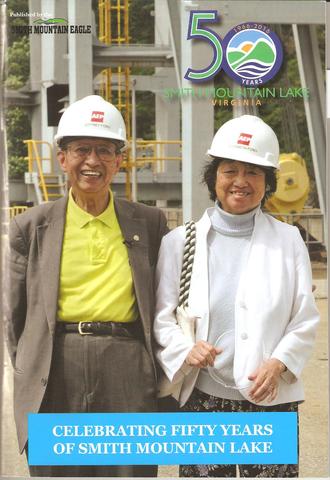
During those 50 years, I attained many other career accomplishments, such as my solution to the problem engineers face in knowing when to perform maintenance on a structure. I developed new methods that used sensors to monitor and evaluate structures without damaging or destroying them. I also introduced advanced computing techniques that would help engineers make informed decisions in developing maintenance plans. I have also contributed to and still actively participate in the development of engineering safety codes that help prevent premature failure of critical infrastructure and of various kinds of transport vehicles.
Without a doubt, the credit goes to NIST and my NIST colleagues who made me welcome as I traveled the path from dam designer to structural safety code developer.
In retrospect, I think I owe my colleagues an answer to the following simple question: Nowadays do engineers know the minimum fatigue life to failure for something like a new dam?
The answer is a qualified “yes,” and the prediction is couched in probabilistic terms, similar to the way a physician speaks about how long a cancer patient may live. Recent advances in materials science, mathematical modeling, computational mathematics, nondestructive sensor technology, composites, fracture mechanics and many other scientific disciplines have combined to make it possible to predict — with a level of confidence such as 95% — a minimum fatigue life to failure of most new structures at assumed loading conditions and an operating reliability of 99%. This is assuming that the structure adheres to a rigorous (code-specified) periodic or continuous monitoring program that includes the installation of sensors at critical parts of a structure known to be potential sites of defect initiation. The minute a defect is detected, we also know how to change that minimum life prediction (with 95% confidence and 99% reliability) to guide the owner’s maintenance decision making.
In the words of Larry Jackson, the current director of external affairs for Appalachian Power, which owns and runs the Smith Mountain Dam and its hydroelectric plant, “Thanks to years of research on the part of many people, including Dr. Fong, much more is known today than 60 years ago about the expected life span and reliability of dams. Although built 50-plus years ago, the Smith Mountain facility continues to generate renewable power under the direction of a team of highly trained professionals. These employees are present 24 hours a day to monitor, inspect and maintain the facility above and below the water. The dam owners take this responsibility seriously, and plan to continue to generate electricity at the dam as long as it is structurally sound to operate.”
Unlike the time when I was a 26-year-old engineer, we can answer questions about the life expectancy of a dam with hard engineering science. I am grateful that my 50 years at NIST have enabled me to contribute to helping structures live their longest lives.
About the author
Related Posts
Comments
Dr. Fong,
Thank you and congratulations for your major contributions in structural engineering and structural material/life span research.
Fascinating article. Thank you Dr. Fong for your hard work!
With what you now know, what is the expected life span of Smith Mountain Lake dam? 50 more years? 10?
Thanks for your question. As Jeffrey has not worked on the dam for more than 50 years, he is not in a position to answer this question. Instead, the professionals at Appalachian Power, who are mentioned in Jeffrey's blog, are most knowledgeable about the dam at this time.
A great story and a wonderful career. Hope for many more years of outstanding work and research.






What a fascinating life you have led. Thank you for sharing it, and thank you for all you have discovered and contributed that has made life so much better for so many people.